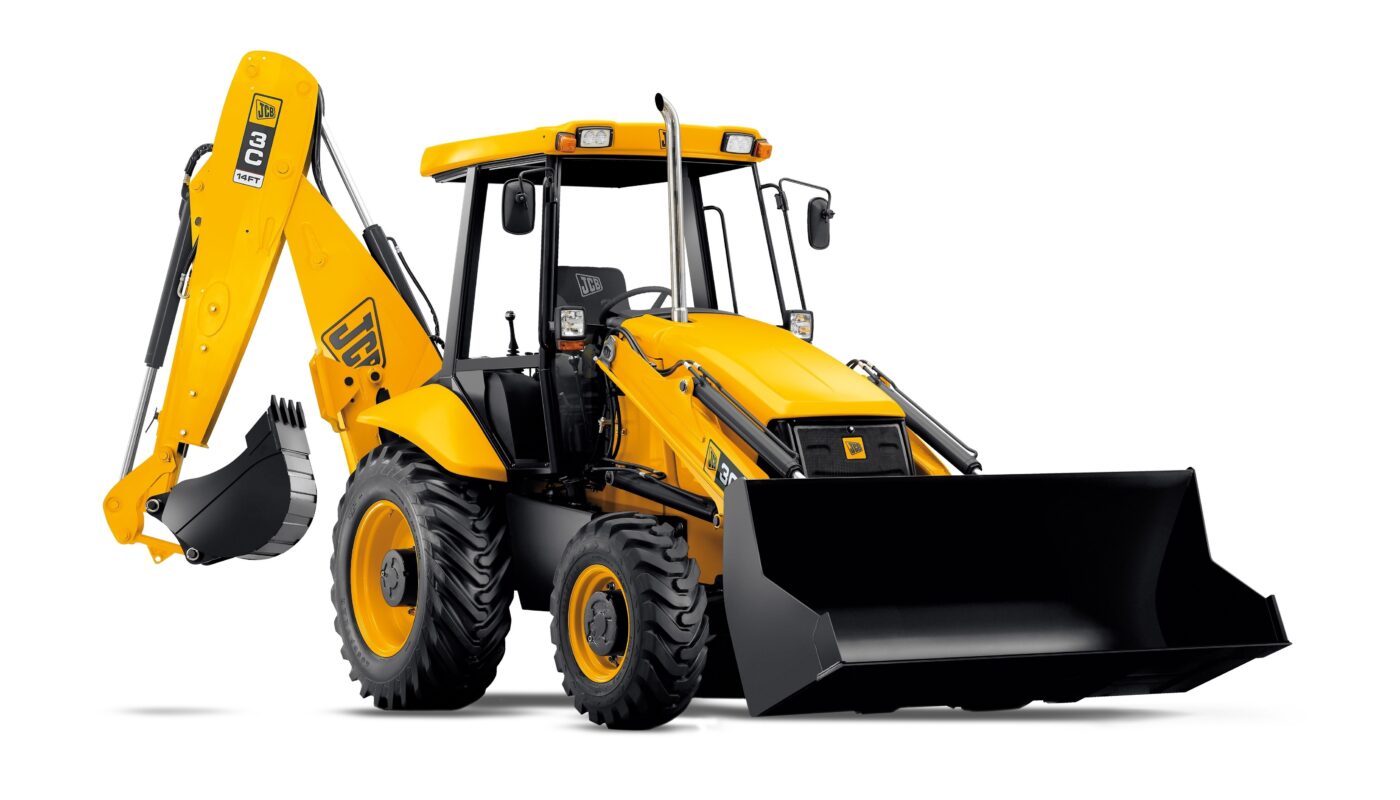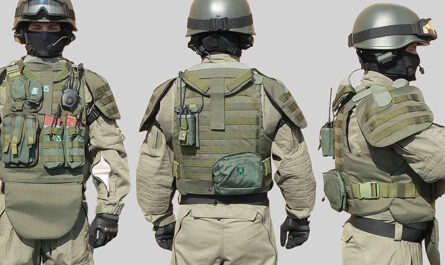Backhoe loaders are versatile construction vehicles that are essential for numerous tasks on building and infrastructure projects. With their ability to dig, move materials, and perform various other functions, backhoe loaders have become integral machinery at construction sites worldwide. Let’s take a deeper look at these machines and what makes them so useful.
What is a Backhoe Loader?
A backhoe loader, also commonly called a wheel loader backhoe or just backhoe, is a heavy equipment vehicle that features both a loader bucket at the front and a backhoe attachment at the rear. The loader portion has a bucket or fork to scoop and lift materials like dirt, sand, gravel, etc. Meanwhile, the backhoe functions like an excavator and has articulating boom and bucket to dig trenches, holes, and move piles of debris. Combining these two digging and loading functions into one machine makes backhoe loaders very flexible equipment.
Key Components and Mechanism
A backhoe loader consists of the following main components:
– Cabin: An enclosed cabin area where the operator sits with controls. Modern cabins offer amenities like air conditioning, radio, etc.
– Chassis: This forms the base of the vehicle and connects the front and rear components. It also includes wheels, tires, engine, transmission, etc.
– Front Loader: The loader arm and bucket mechanism is hydraulically operated from the cabin. It pivots up and down as well as in and out using hydraulic cylinders and controls.
– Backhoe: At the rear is an articulating backhoe boom that moves up and down and side to side. Attached is a digging bucket that can excavate using hydraulic power.
– Undercarriage: Provides stability when the backhoe is digging and lifting loads. It consists of chassis, axles, frame and tracks or wheels depending on the model.
When operating, the front loader and backhoe functions are selected independently using controls. This allows versatile and simultaneous use of loading and digging tasks.
Common Applications and Uses
Given their digging and material handling abilities, backhoe loaders have proven indispensable on construction projects:
– Site Preparation: Used for clearing, grading, leveling and excavating work during initial ground work.
– Trenching: Extremely efficient for digging utility line and foundation trenches.
– Material Movement: Moves dug earth, aggregates, demolition debris and other loads around sites.
– Landscaping: Performs tasks like planting holes, drainage ditches during landscaping work.
– Foundation Work: Digs holes, sets forms and moves concrete for foundations.
– Road Construction: Digs drainage ditches and culverts, spreads gravel for roads and parking lots.
– Building Construction: Loads and moves building materials, assists with setting pre-fab structures.
– Maintenance Work: Commonly used by municipalities for repairing utilities, clearing snow and general upkeep tasks.
Key Factors when Choosing a Backhoe Loader
There are different specifications to consider when selecting the right Backhoe Loader for a job:
– Operating Weight: Heavier models lift more but require firm ground. Lighter ones work well in tight spaces.
– Horsepower: Higher HP offers better productivity but consumes more fuel. Consider application.
– Loader Lift Capacity: Rates how much the loader can elevate at full reach. Varies from 2000 lbs to over 5000 lbs.
– Backhoe Digging Depth: Typically 6-8 feet depending on implement and boom design. Deeper for utility/foundation work.
– Tire Type: Rubber tires for all-terrain usage. Tracks offer better flotation in muddy areas.
– Attachments: Consider quick attach brackets if multiple attachments may be used.
– Fuel Type: Diesel is common but natural gas or gasoline available in some regions.
– Cabin Features: Compare comfort, tech package, rear-view camera etc. based on application.
– Warranty: Check factory warranty coverage on major components for peace of mind.
– Dealer Support: Reliable sales and service network is important especially for fleet usage.
Safety Precautions with Backhoe Loaders
Like other heavy equipment, backhoes require safety training and adherence to best practices for their operation and maintenance:
– Always wear seatbelts and follow load limits based on machine ratings.
– Use approved ramps, not slopes, when loading/unloading equipment on trailers.
– Drive slowly on inclines and avoid sidehill movements where possible.
– Maintain at least 10 feet distance from overhead power lines when raised.
– Attach loads securely, avoid sudden movements and don’t exceed rated hydraulic capacity.
– Ensure proper ventilation when refueling and avoid smoking or open flames near the machine.
– Inspect the machine regularly as per manufacturer schedule and fix issues promptly.
The combination of digging and loading features in a single machine has made backhoe loaders staple equipment for construction contractors globally. With efficient operation, low cost of ownership and versatility for multiple tasks, backhoes are helping complete projects faster and form the backbone of infrastructure development. Understanding their components and mechanics helps one maximize productivity safely.


